The Tragic Tale of Triton: Neptune's Captured Moon
Written on
The Enigmatic Triton
When we observe the outer reaches of our solar system, a faintly shining, spike-like celestial body comes into view—this is Triton, one of Neptune's largest moons, which outshines Neptune itself. Regarded as the most unfortunate moon in our solar system, Triton harbors a mysterious history.
Recent research indicates that Triton is not a natural moon but rather a captive of Neptune, forever locked in its orbit, with no possibility of escape. In approximately 1.4 billion years, Triton is slated for destruction. How did this ill-fated moon come to be? What factors contribute to its impending demise?
The Distinctiveness of Triton
Every gas giant in our solar system possesses a collection of moons, with the mass of each planet dwarfing that of its satellites by a factor of around ten thousand. Numerous moons have been cataloged, including 69 around Jupiter, 62 orbiting Saturn, and 27 surrounding Uranus. Typically, these moons exhibit prograde orbits, moving in alignment with their planet's rotation.
However, Triton stands out as an anomaly. Discovered by astronomer William Lassell just 17 days after Neptune's own discovery on October 10, 1846, Triton is unique among Neptune’s 14 known moons. Notably, it is the only large moon in the solar system that follows a retrograde orbit, moving contrary to Neptune’s rotation.
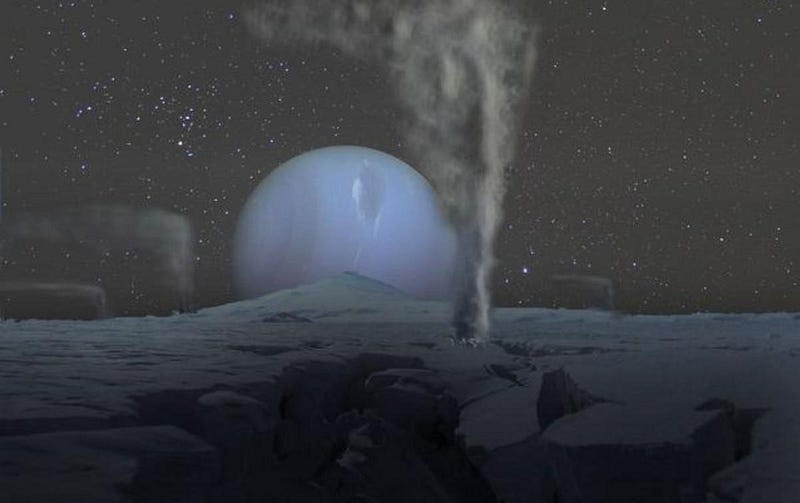
Reaching Triton
Triton is located approximately 4.5 billion kilometers from Earth. Even with the fastest human spacecraft, reaching Triton would take around eight years. Due to this immense distance, comprehensive observations of this enigmatic moon were not possible until Voyager 2 was launched in 1977, which made a flyby of Triton on August 25, 1989. This historic encounter offered a close-up view of Triton for the first time, revealing 40% of its surface.
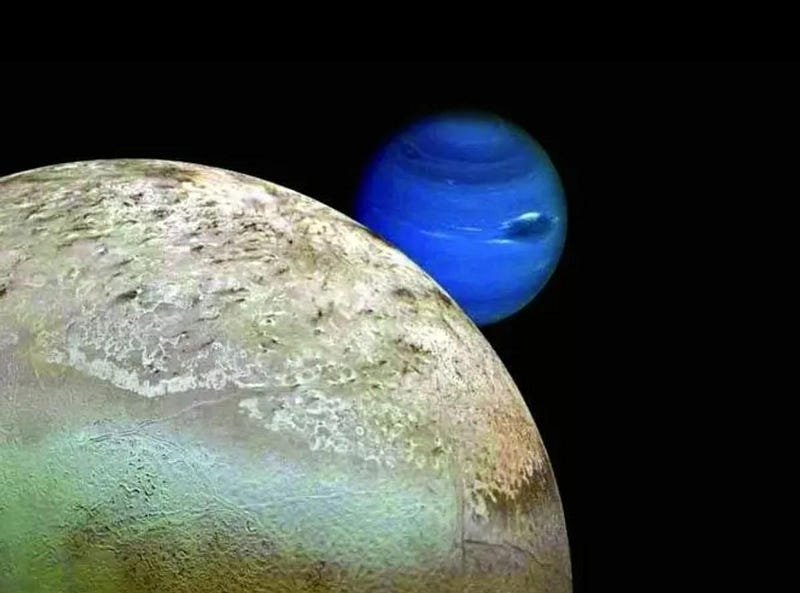
Triton's Composition
Measuring 2,706.8 kilometers in diameter and weighing approximately 2.147×10²² kilograms, Triton ranks as the seventh-largest moon in our solar system. Its dimensions are about three-quarters that of Earth's moon, while its mass is roughly one-third. Triton is primarily composed of rock and metal, with a density averaging 2.061 g/cm³, and contains between 15% and 35% water ice. Interestingly, its orbit is nearly circular, featuring an eccentricity of less than 0.00002, a rarity among celestial bodies.
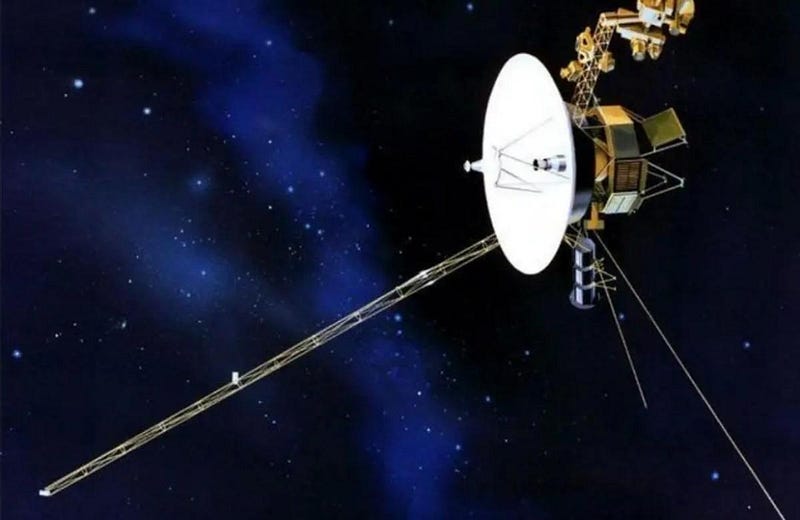
The Cold, Mysterious World of Triton
Positioned in a dim region far from the sun, Triton orbits approximately 670,000 kilometers from Jupiter, receiving minimal sunlight. This results in a thick layer of ice covering its surface, with temperatures plummeting to -235°C, close to absolute zero. Despite these harsh conditions, many scientists speculate that Triton might harbor life, thanks to the presence of a subsurface ocean, which could provide the necessary conditions for life.
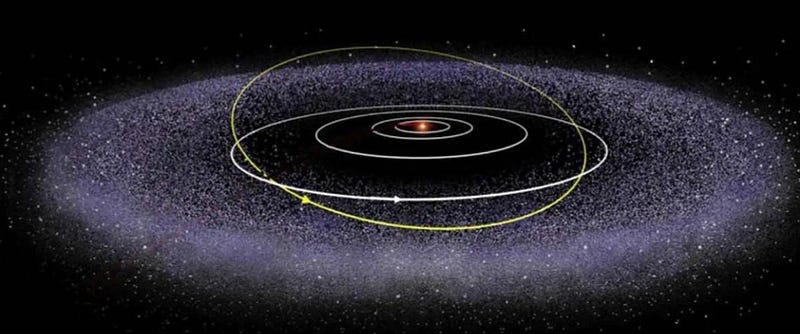
The Mystery of Triton's Liquid Ocean
So why does this frigid moon have a liquid ocean? Triton experiences gravitational influences from Jupiter, leading to oscillating orbital movements that allow internal materials to flow and result in temperature variations conducive to the presence of liquid water. Additionally, Triton's surface features, such as ice mountains, fissures, and active volcanoes, suggest possible geological activity, which may support microorganisms and other forms of life.
The moon's composition is rich in essential elements like carbon, nitrogen, oxygen, and sulfur, all crucial for sustaining life. Furthermore, residing within Jupiter's magnetic field shields Triton from solar winds and intense radiation, creating a potentially life-friendly environment.
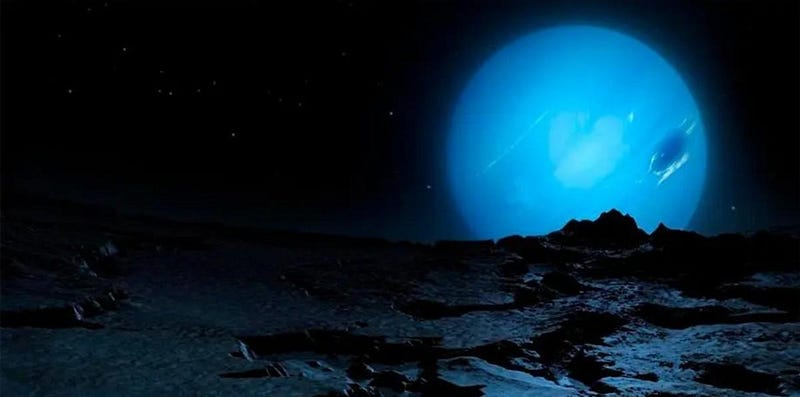
The Inevitable Decline of Triton
Voyager's images reveal Triton's surface, characterized by exposed rock valleys and frozen nitrogen, dry ice, water ice, carbon monoxide, and methane. The moon's active geology results in few impact craters, the largest being around 500 kilometers in diameter, while most are created by ice slides or collapses. Additionally, Triton displays ice volcanoes and geysers that eject mixtures of liquid nitrogen, dust, and formaldehyde to heights of 8,000 meters, forming a thin nitrogen atmosphere with pressure 1/70,000th that of Earth's sea level.
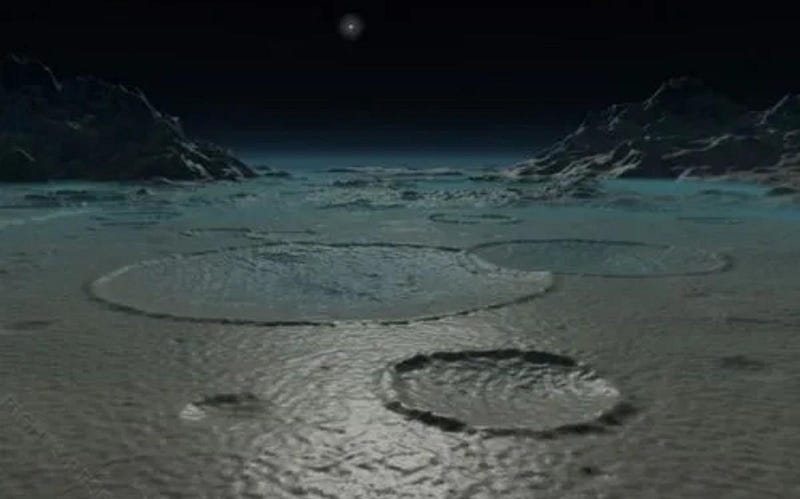
Triton's complex interaction with Neptune results in an orbital tilt of 157° and a rotation axis inclination of 130°, causing its poles to face the sun. Every 80 years, one of Triton's poles receives direct sunlight, leading to the continuous evaporation of methane from its southern hemisphere. The ridges and canyons on its surface are likely the result of repeated melting and refreezing of ice, giving it a surface texture reminiscent of cantaloupe skin.
Unlike most satellites, which orbit their planets in a uniform plane in the same direction as the planet's rotation, Triton is unique. It follows a retrograde orbit, inclined at 157° and moving opposite to Neptune’s rotation, indicating it has a mysterious history.
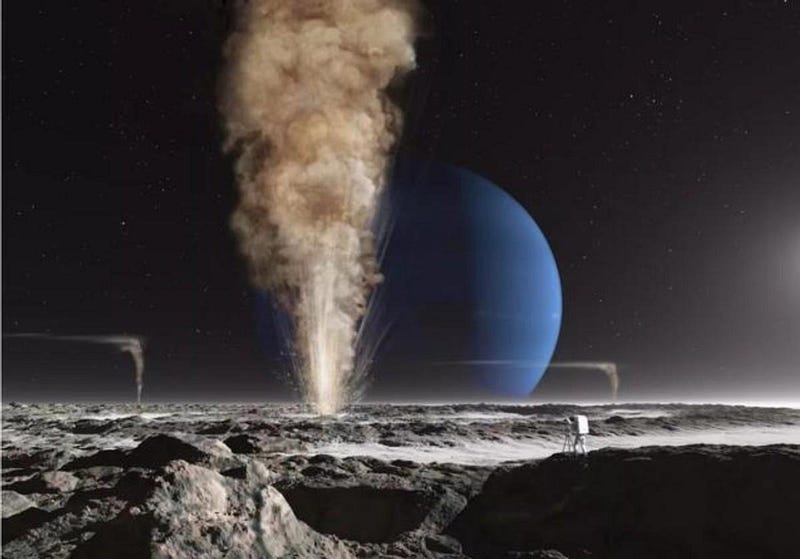
Theories About Triton's Origins
Scientific understanding suggests that a moon with a retrograde orbit could not have formed alongside its planet, implying that Triton may have originated elsewhere in space before being captured by Neptune's gravitational pull. Analysis of Voyager data revealed that Triton shares several characteristics with dwarf planets in the Kuiper Belt, hinting at its possible origins in that region.
Over billions of years, Triton may have interacted closely with Neptune, leading to its capture and the elimination of other outer moons. For this to occur, Neptune's original satellites must have been small enough to avoid colliding with Triton, while some mechanism slowed Triton down, preventing its escape.
This suggests that Triton, being larger than both Pluto and Eris, might have once been a dominant body in the Kuiper Belt. However, its subsequent capture by Neptune marked a significant demotion. Scientists have observed that Triton’s retrograde orbit is gradually slowing due to Neptune's gravitational influence, pulling it closer, with the current distance being only 350,000 kilometers—less than the distance from the Earth to its moon.
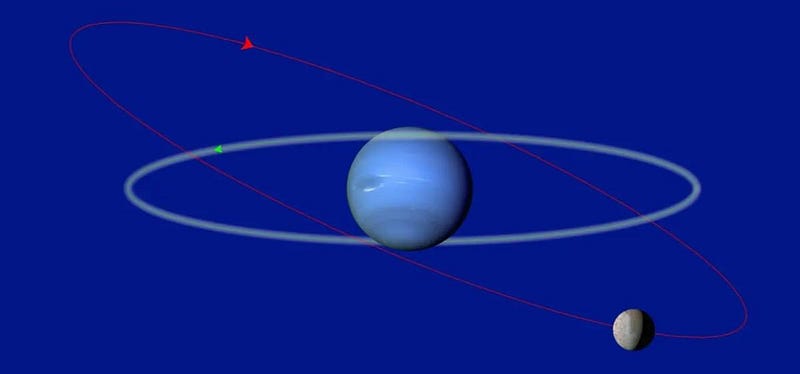
The Final Fate of Triton
In approximately 1.4 to 3.6 billion years, Triton is expected to reach the Roche limit, resulting in a direct collision with Neptune's atmosphere. This once-magnificent moon will face a disintegration fate, with most of its remnants likely falling into Neptune, while some fragments may form a ring-like structure, akin to those seen around Saturn.
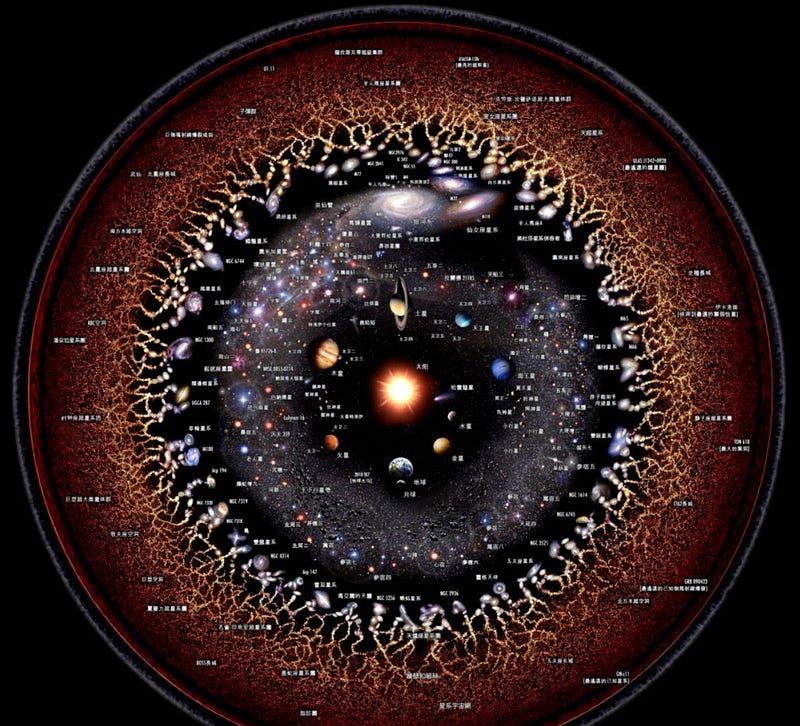
Exploring Triton Further
The first video titled "TRITON - The Story of Neptune's Weird Moon" delves into the intriguing history and characteristics of Triton, providing viewers with an in-depth look at this captivating celestial body.
The second video, "Triton: The Captured Moon That Will Destroy Neptune's System," explores Triton's captured status and its eventual fate, shedding light on the dynamics of Neptune's moon system.